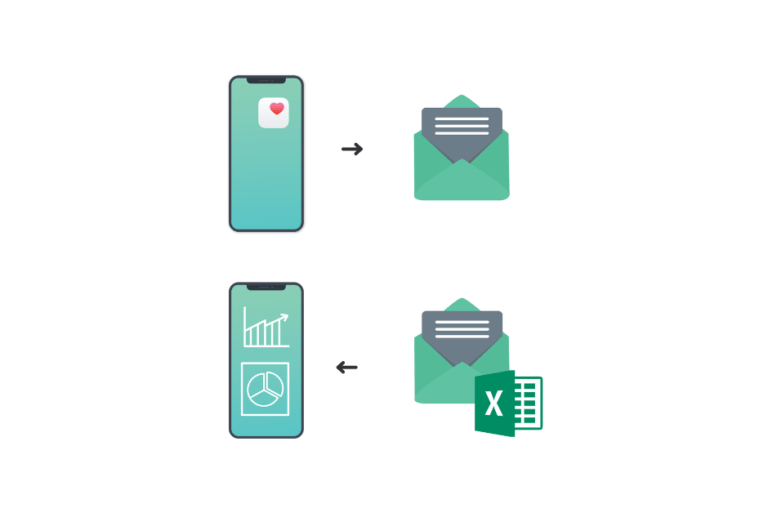
Cloud Articles
We’re curious people by nature. And we love to teach others what we’ve learned. So explore our blog to gain fresh insights from our expertise in areas ranging from culture to AI.
SEP Wins TechPoint’s 2025 Exceptional Employer Mira Award
SEP Recognized as Indiana’s Top Tech Employer, Winning TechPoint’s Prestigious Mira Award Westfield, Indiana - SEP has been named Exceptional Employer by TechPoint at the 26th annual Mira Awards. This award recognizes companies that are developing talent through skills-based hiring…
Read Full Post

Inconsidering a deployment strategy a new development effort, two potential solutions should be evaluated: Deployment of software on client-controlled hardware residing on the corporate intranet A Cloud-based approach using Amazon Web Services Both approaches have their pros and cons and I’ll outline those in this post, but let’s start with a real client example first: […]
Read Full Post

Analyze the Crap Out of Your Apple Health/HealthKit Data
As a recent iPhone + Apple Watch convert (see ya, Android and FitBit) my fitness tracking data lives in Apple Health. I want to make charts and graphs and see trends over time (you get the idea, I’m an engineer, I wantneed to engineer and analyze my fitness data). Problem is, there’s not a great way […]
Read Full Post

Success! 🙌 Finishing the Migration from Heroku CI to Jenkins on AWS
In Migrating from Heroku CI to Jenkins on AWS – Part One, I went into depth about our migration. We containerized our CI/CD using Amazon Elastic Container Service (ECS) and the Amazon EC2 Container Service Plugin for Jenkins. This allowed us the flexibility of defining all of the required types of build agents as different […]
Read Full Post

How to Migrate from Heroku Continuous Integration (CI) to Jenkins on AWS Like a Pro
In a recent blog post, I spoke about a migration from Heroku to AWS. I discussed the solution that Todd Trimble and I did for a client project. If you are interested in the backstory of this migration, you should check that out. In this post, I would like to dive into what we did […]
Read Full Post

How to Evaluate if You Need to Move from Heroku to AWS
In June of 2017, I was asked to evaluate AWS for one of our major client programs. The client was utilizing Heroku for their Cloud solution and at our urging, as well as other external influencers, leaning more toward AWS. We needed to determine if they should move from Heroku to AWS. We set up […]
Read Full Post

Load Balancing with Nginx and Docker
The previous post showed how to use Nginx as a reverse proxy to an ASP.NET Core application running in a separate Docker container. This time, I’ll show how to use a similar configuration to spin up multiple application containers and use Nginx as a load balancer to spread traffic over them. Desired architecture The architecture […]
Read Full Post

Nginx Reverse Proxy to ASP.NET Core – Separate Containers
The previous blog post showed how to setup a reverse proxy between Nginx and an ASP.NET Core application. In that example, both Nginx and the Kestrel process ran in the same box. As alluded to, there is another (preferable) option. This time, we’ll create two separate containers: one for the application and one for the […]
Read Full Post

Nginx Reverse Proxy to ASP.NET Core – Same Container
As mentioned in the previous post, it is recommended to use something other than Kestrel as the front-line web server. In this example, I’m going to show how to use Nginx as a reverse proxy to the ASP.NET Core application. Reverse-proxy architecture options In terms of architecture setup for reverse proxying for ASP.NET Core in […]
Read Full Post

Docker Hosting for ASP.NET Core
The containerization trend has been growing for a while now in the industry. The idea is to “containerize” (or package) any application into a well-defined container. This allows the same packaged application to be deployed to run on any infrastructure. In other words, placing your application in a container allows you to run the exact […]
Read Full Post